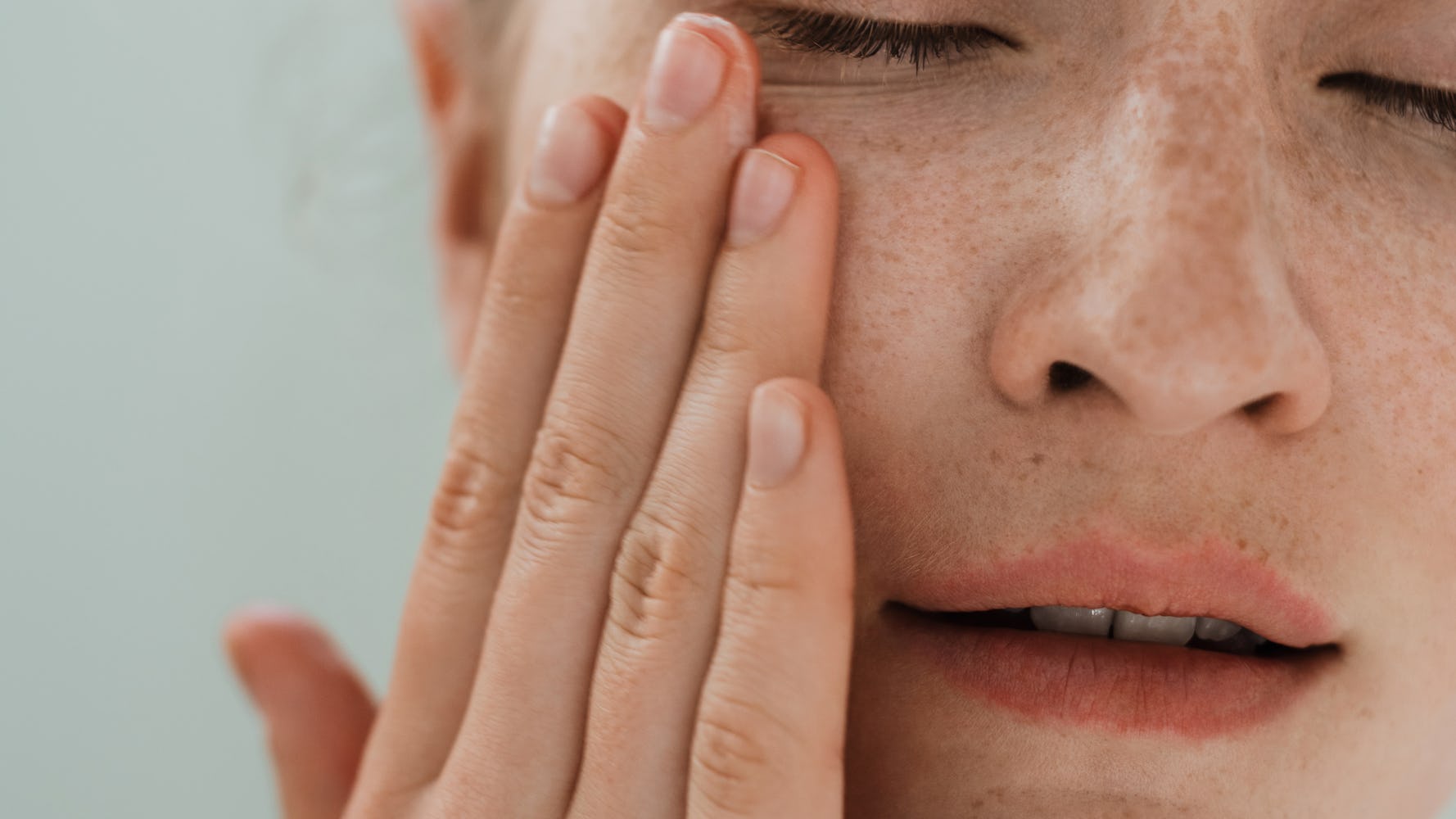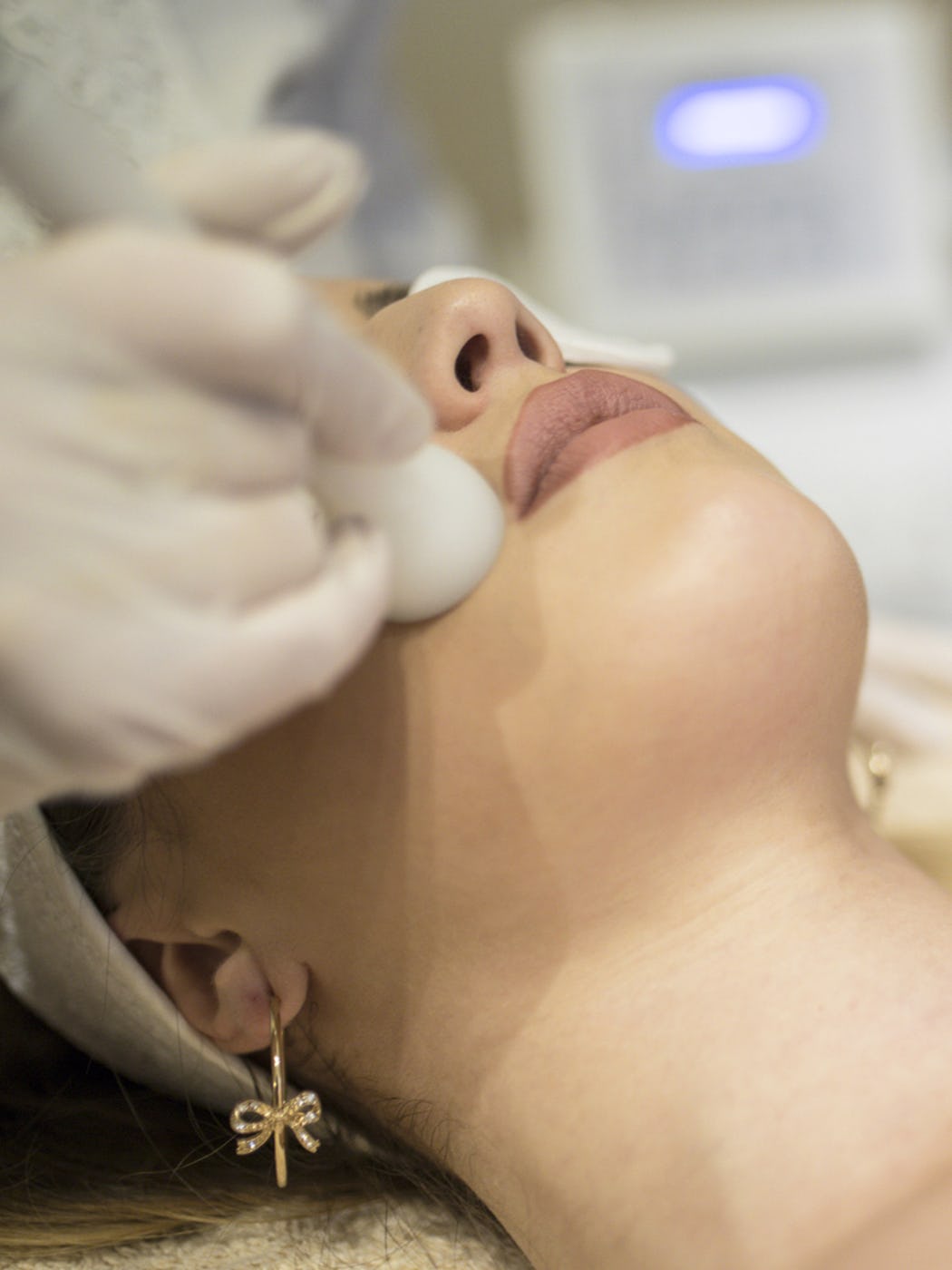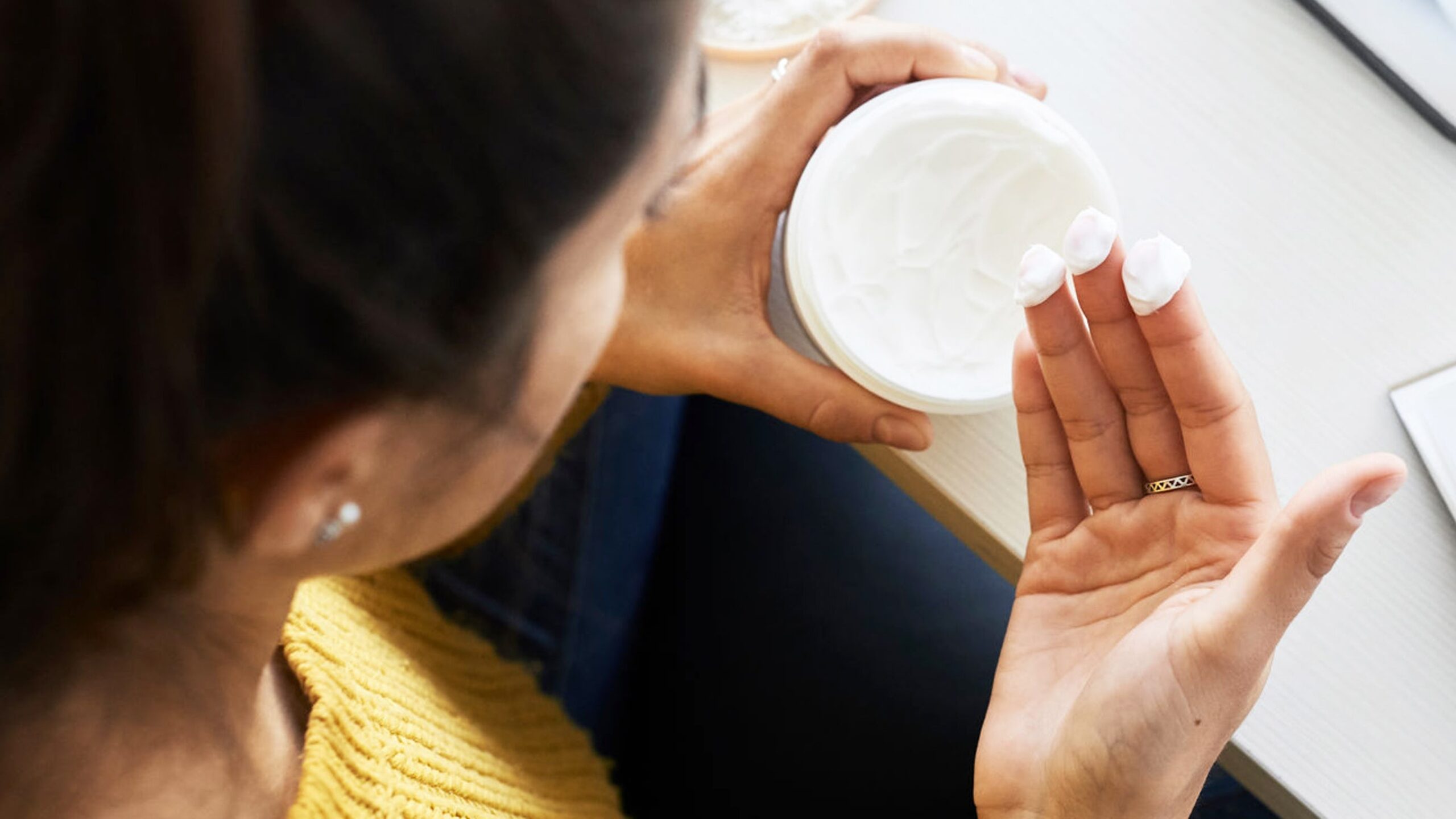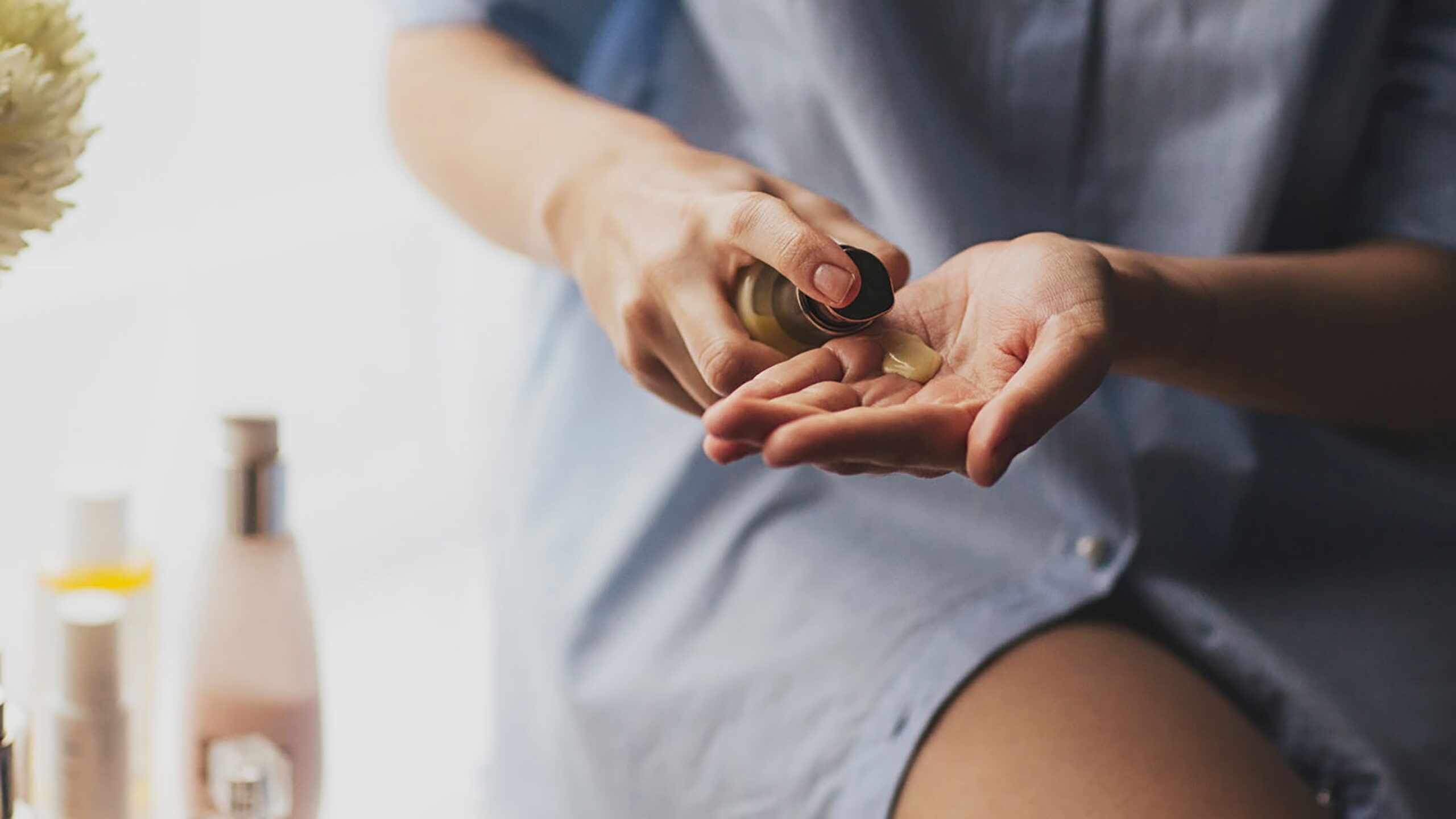Experts Explain Exactly What To Use On Your Skin After Laser Treatments
Thespotlyte | July 26, 23

When it comes to beauty treatments, the phrase, “It gets worse before it gets better,” is no more true than with skin resurfacing lasers. Anyone who has undergone a relatively high-intensity laser treatment will tell you that they didn’t saunter out of their appointment with smooth, even skin. Rather, they probably looked worse directly afterwards. Their skin may have appeared swollen, red, and generally irritated. (Rest assured: these symptoms are short term, and haven’t deterred the thousands of people who swear by laser skin resurfacing. They shouldn’t deter you, either.)
Unfavorable symptoms happen because lasers work by (intentionally) damaging the skin. It’s not until skin heals from laser damage that skin exhibits the benefits laser treatments are touted for. Healing can take weeks — if not months, depending on the laser — to settle in.
“[All] lasers injure your skin in some fashion,” echoes NYC-based plastic surgeon and author of The Park Avenue Face, Dr. Andrew Jacono. “Then, there’s a [natural] reparative process.” Specifically, the skin responds by generating new cells. Once healed, the new skin looks significantly fresher and younger — because, well, it is. Below, we chatted with pros on exactly how to take care of your skin after treatment — so you can limit the healing time and get to those fresh, glowing results as quickly as possible.

How Skin Resurfacing Lasers Work
Skin resurfacing lasers are divided into two categories: ablative and non-ablative. Ablative lasers, such as CO2, poke holes in the top layers of the skin, notes NYC-based dermatologist Dr. Daniel Belkin. Nonablative lasers do not puncture the skin — though they do create zones of heat injury, which leaves skin more porous than usual, (examples in this category include Fraxel® and Clear + Brilliant®). Regardless of which laser you’re using, skin will be more sensitive after treatment, because it’s working to repair itself.
The post-laser healing process is the crux of the treatment’s efficiency, so it’s crucial to honor and respect the skin — even more than usual — during this time. “It is important to be cognizant of what ingredients, active or inactive, are being applied, because much more than usual will penetrate,” Belkin notes.
Of course, this means nixing those glycolic acid-laced peels that sting so good. But even the gentlest fruit enzymes are a no-go. “Chemical exfoliants can be amazing when used on a regular basis,” Belkin notes, “but when skin cannot protect itself the way it usually does, they’re more likely to cause irritation.” Similarly, leave the physical exfoliators on the shelf to collect dust for a few days. You won’t need them until you’re fully healed!
In addition to nixing chemical and physical exfoliants, Jacono advises double-checking even the most seemingly benign products. “Many vitamin serums are actually acidic,” he warns. “[For example], vitamin C is ascorbic acid, so if you have injury from a laser, [the ingredient could cause irritation].” Belkin advises steering clear of perfumed products for the same reason — it’s possible they could irritate your skin.
What You Can Use After A Laser Treatment
Unfortunately, it’s not a whole lot. Basically, a post-laser routine boils down to the skincare equivalent of the (notoriously bland) BRAT diet. And, just as an iffy stomach benefits from bananas and toast, injured skin fares well with ointment-like products — at least in the beginning of the healing process.
What To Use Immediately After A Laser Treatment
When skin is raw, the most important thing is to keep it hydrated. “Keeping the tissues moist [allows] the epidermis to grow and heal over,” Jacono says. He recommends slathering on a plain, water-based emollient like Aquaphor® ($13).

“The more aggressive the laser, the more the skin can tolerate thicker, more occlusive ointments,” Belkin says. (An occlusive product is one that creates a protective barrier, but does not allow skin to “breathe.”) That said, it’s best to avoid petrolatum-based products such as petroleum jelly, which can create a breeding ground for acne.
What To Use Approximately A Week After A Laser Treatment
As skin begins to visibly heal (about a week or so after laser, depending on how intense the treatment is), you can start to apply thinner, less occlusive formulas to the skin. Both doctors love Alastin Skin Nectar® ($195). “It is silicone-based, so it feels soothing and protective without being too occlusive for most people,” Belkin notes. “Plus, it contains small protein fragments that have been shown to stimulate the body’s natural production of collagen and elastic fibers.”
Belkin also loves SkinMedica® TNS Ceramide Treatment Cream ($69). “Not only does it contain ceramides, which are fatty molecules that help support a healthy skin barrier,” he explains, “but it also has a collection of growth factors that stimulate fibroblasts, the cells in the skin that make collagen.”
What To Use Two To Four Weeks After A Laser Treatment
After a few weeks, the surface of the skin may have healed over — but redness and inflammation might still be an issue. Jacono will often prescribe a light steroid cream. As an over-the-counter alternative, he suggests 1 percent hydrocortisone cream. Though, when you do apply it, do it sparingly — less than a pea size. “You don’t want to put a thick coating of it — it’s not supposed to be worn like the Aquaphor after your treatment,” Jacono notes.
EDITOR’S NOTE: As always, talk to your doctor before starting any new medication.

What To Use Four To Six Weeks After A Laser Treatment
At this point, skin should have healed from the laser treatment; it should be glowing and free from redness and/or irritation. “Once your skin has healed over, then you want to restart your regular skincare regimen,” Jacono says. you should reintroduce those (dust-covered!) exfoliators, vitamin C serums, and retinols as you normally would use them. Jacono stresses the importance of exfoliation and collagen regrowth, which are two of the most crucial elements of maintaining glowing skin — and prolonging the results of your treatment.
EDITOR’S NOTE: Retinol shouldn’t be used by women who are pregnant, considering getting pregnant, or nursing. Please consult with your doctor before use. As always, talk to your doctor before starting or stopping any treatment or medication.
An Important Note On Sunscreen
Newly resurfaced skin is extremely susceptible to UV damage, so it’s more important than ever to slather on the SPF. That said, the “bland is better” rule applies here, too — in this case, it’s best to choose a physical blocker (i.e. zinc oxide or titanium dioxide) instead of a chemical SPF product.
But not all physical blockers are created equal; in fact, some are laced with chemicals and other potential ingredients. So, make sure the zinc oxide and/or titanium dioxide sunblock you choose is 100 percent mineral based. One way to ensure that, says Jacono, is getting an organic sunscreen made for babies (yes, really). These formulas have been tested for the most sensitive skin, and are almost always pure zinc and/or pure titanium dioxide. (Try California Baby® Broad Spectrum SPF 30+ Sunscreen, $25).
Admittedly, taking care of your skin after a laser treatment isn’t exactly sexy, but your skin sure will be if you abide by the aforementioned rules.
EDITOR’S NOTE: As always, talk to your doctor before starting or stopping any new treatment.
Product prices may vary from the time this article was written.
Allergan® may receive commission for purchases made through links in this article.
SkinMedica® is an Allergan®-owned skincare line.






